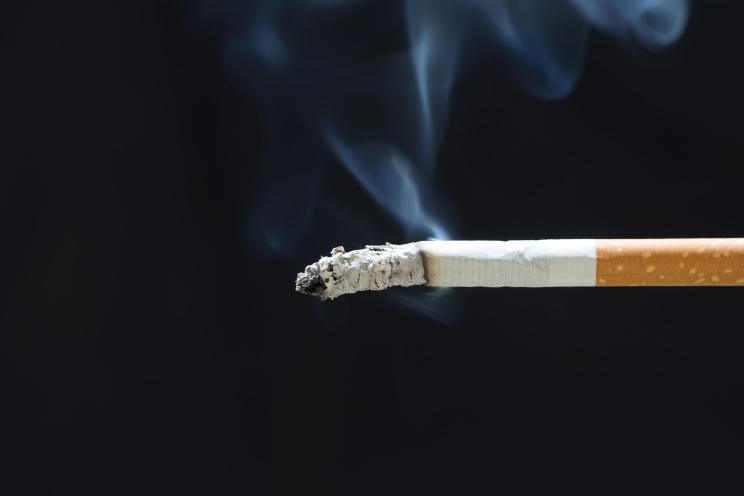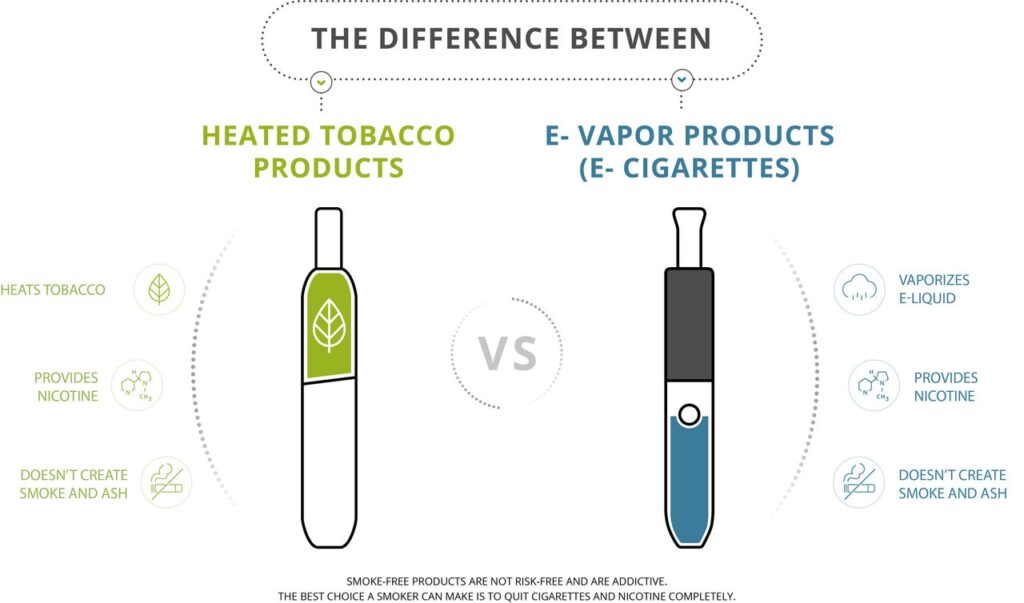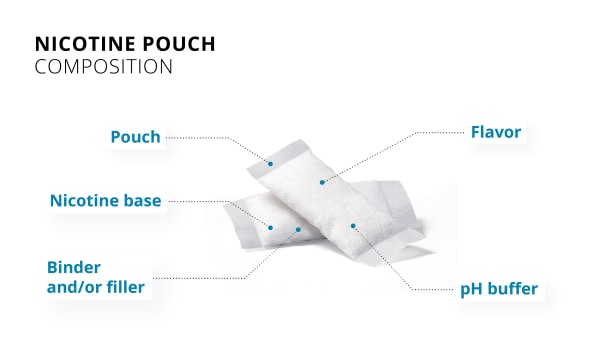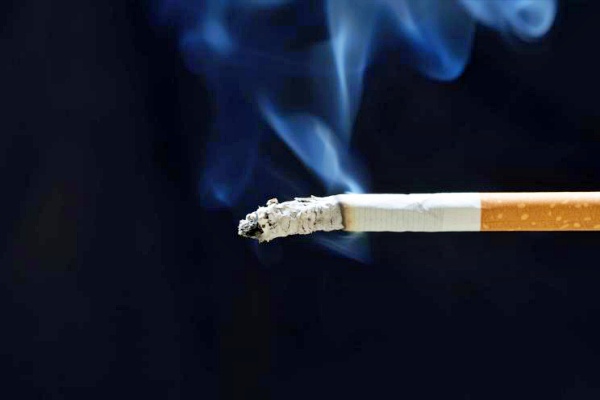
Are you hooked on the smoke scene? Enjoying those puffing moments? Did you know that a staggering 1.1 Billion adults worldwide are part of this smoky affair? The big question: why do people dive into smoking? Well, it’s a cunning addiction. But what’s the secret sauce? Is it the feel of a cigarette between the lips, or is it some mysterious ingredient in the mix?
Brace yourself—traditional cigarettes are a chemical cocktail with nicotine, tar, arsenic, and a bunch of other shady characters. Shockingly, 48% of smokers are oblivious to the fact that the real harm comes from burning those cigarettes. So, how do we tackle this? If quitting isn’t on the cards, there’s a silver lining—explore better alternatives.
Navigate the Smoke, Minimize the Harm
Harm Reduction. What’s the scoop?
Harm Reduction is the strategic mission to slash the fallout from risky behaviors through alternative methods. In the smoking realm, opting for smoke-free alternatives is a Harm Reduction masterstroke, as the absence of smoke reduces on average 95% of the level of harmful and potentially harmful chemicals. The optimal choice to minimize harm with tobacco, of course, is to kick the habit altogether. However, for those resistant to the idea of quitting, making the switch to smoke-free alternatives is a prudent move.
Cracking the Code: Nicotine, TAR, and the Burning Game
Nicotine, the puppet master of addiction, is a natural resident of plants like potatoes, tomatoes, and brinjal. Naturally found in plants, specifically the ‘Solanaceae’ family which is also known as Nightshades, nicotine triggers our brain to release dopamine, causing addiction and short-term thrills like a faster heart rate.
On the other hand, TAR, not to be confused with the road-making material, measures the weight of particles in cigarette smoke. It’s the residue left after the tobacco combustion party—cigarette smoke minus water and nicotine equals TAR (Total Aerosol Residue).
“Now cigarette smoke is known to contain more than 6,000 chemical constituents, and within these 6,000, there are over 100 which have been classified as harmful and potentially harmful constituents, and these are toxicants that are considered to be linked with disease causation in smokers” – Mark Bentley, Manager Project Management and Knowledge Integration of PMI.
Now truth is, burning tobacco is the real villain in cigarette harm. To quote Scott Gottlieb, Commissioner of the US FDA in an Interview on CNBC, on 24 Aug 2017, “It’s not the nicotine that kills you, it’s all the other carcinogens in lighting tobacco on fire.”
The Alternative Vibe: Smoke-Free Swag
Enter the stage: smoke-free products. These alternatives deliver nicotine without the fiery drama. Think of them as a safer harbor for adults compared to lighting up the traditional cigarette. Smoke-free products skip burning tobacco and producing smoke, significantly slashing the risk of harm to you and others (second-hand smokers) compared to traditional smoking.
According to Global Head of Professional Channels of PMI, Dr Tom McGrath, scientific studies have shown that as the temperature of the tobacco increases, the levels of harmful and potentially harmful constituents also increase. So, by eliminating combustion and reducing the temperature at with the tobacco is heated to, the overall levels of harmful and potentially harmful constituents will be significantly reduced.
Some of the non-traditional smoking alternatives that can be found available are Heated Tobacco (HTP), e-cigarettes and vapes, SNUS, and nicotine pouches. These are the smoke-free revolution. Vapes, for instance, heat liquid whereas HTP heats tobacco.
Referring to HTP, “The levels of these harmful and potentially harmful constituents are on average reduced by 90%-95% compared to cigarette smoke in the tobacco heating system aerosol,” added Dr Tom McGrath.


Source: https://www.pmiscience.com/en/products/oral-nicotine-pouches/
Watch the video below on the difference between cigarette smoke and smoke vapours:
Malaysia, Take Note: A Call for Harm-Reduction Awareness
Malaysia, pay attention! The government shouldn’t turn a blind eye to the potential of smoke-free alternatives in creating a smoke-free nation. Recognizing that quitting cold turkey isn’t a walk in the park, policymakers can borrow a leaf from developed nations and establish regulations tailored to smoke-free products.
Perhaps, the government should try to ensure the public is well-informed and armed with knowledge about both smoke-free alternatives and the hazards of conventional cigarettes. A choice made with awareness is far better than stumbling in the dark for a long time.

